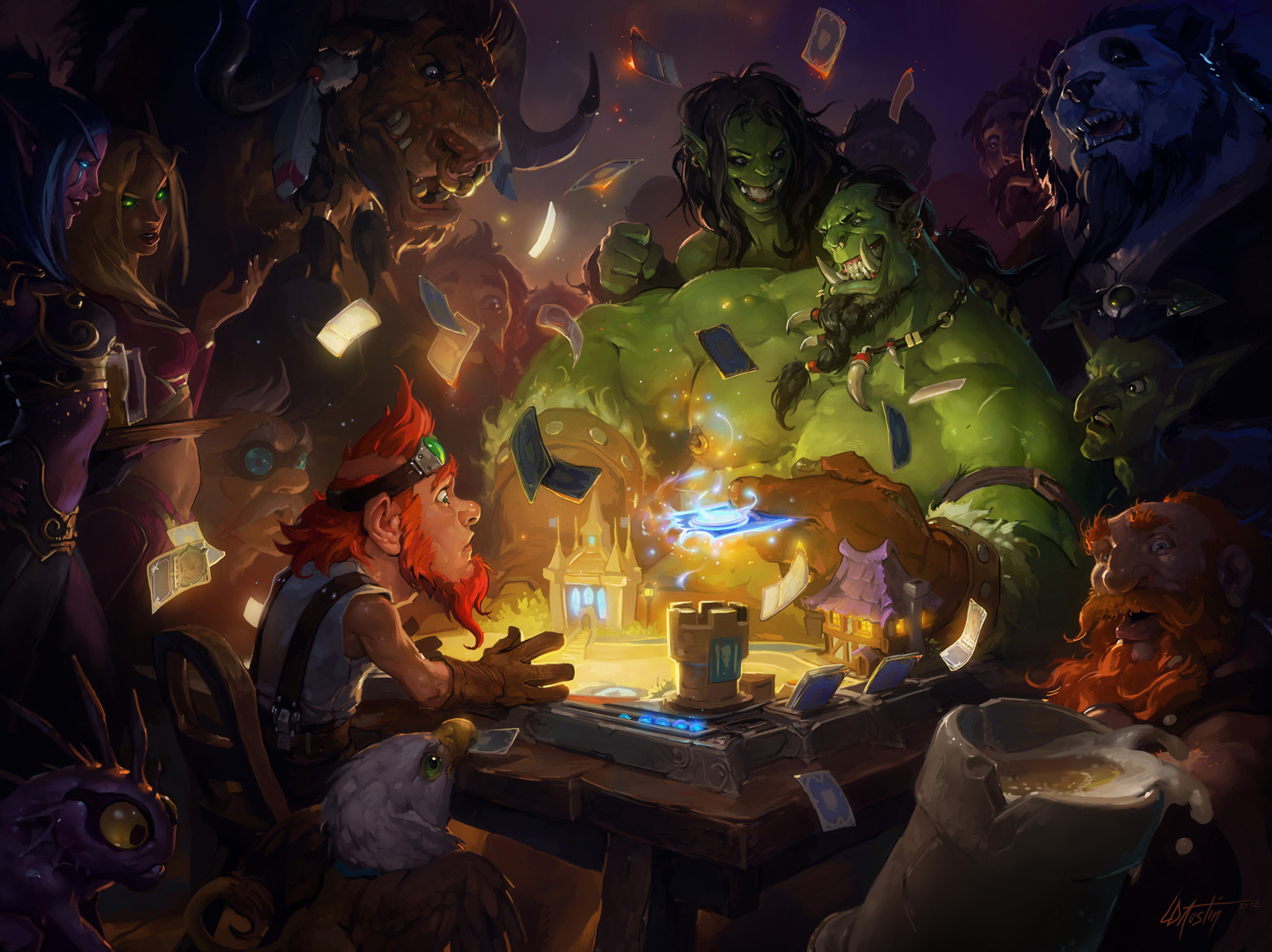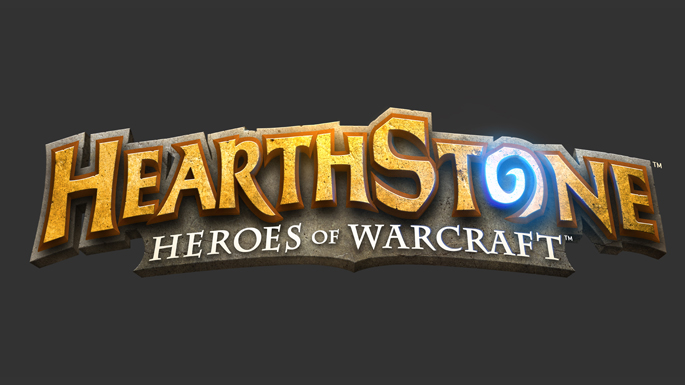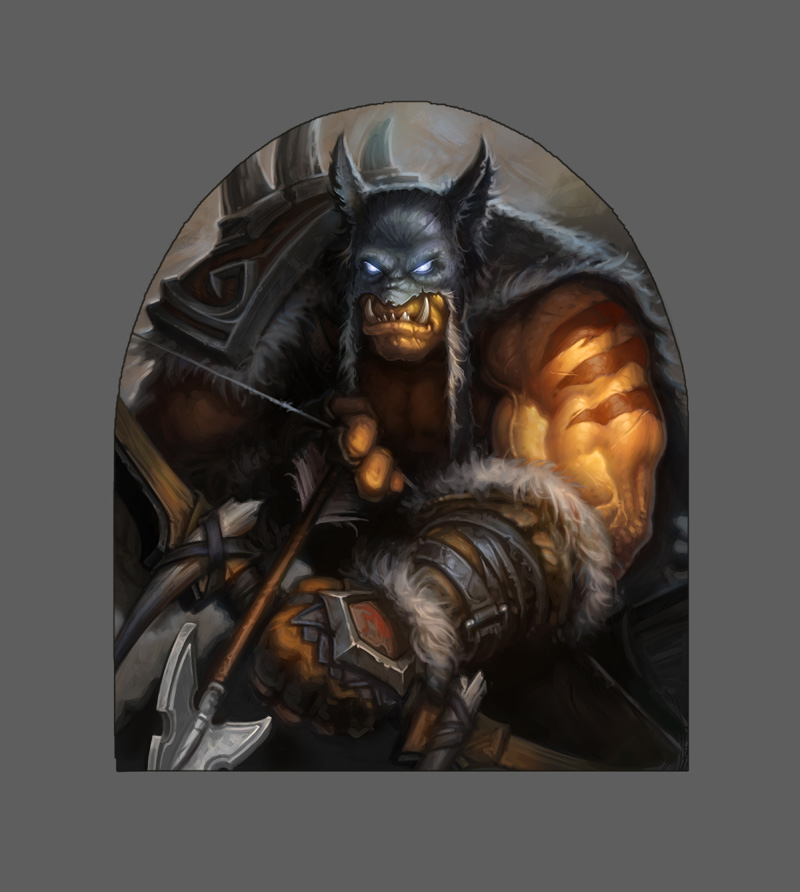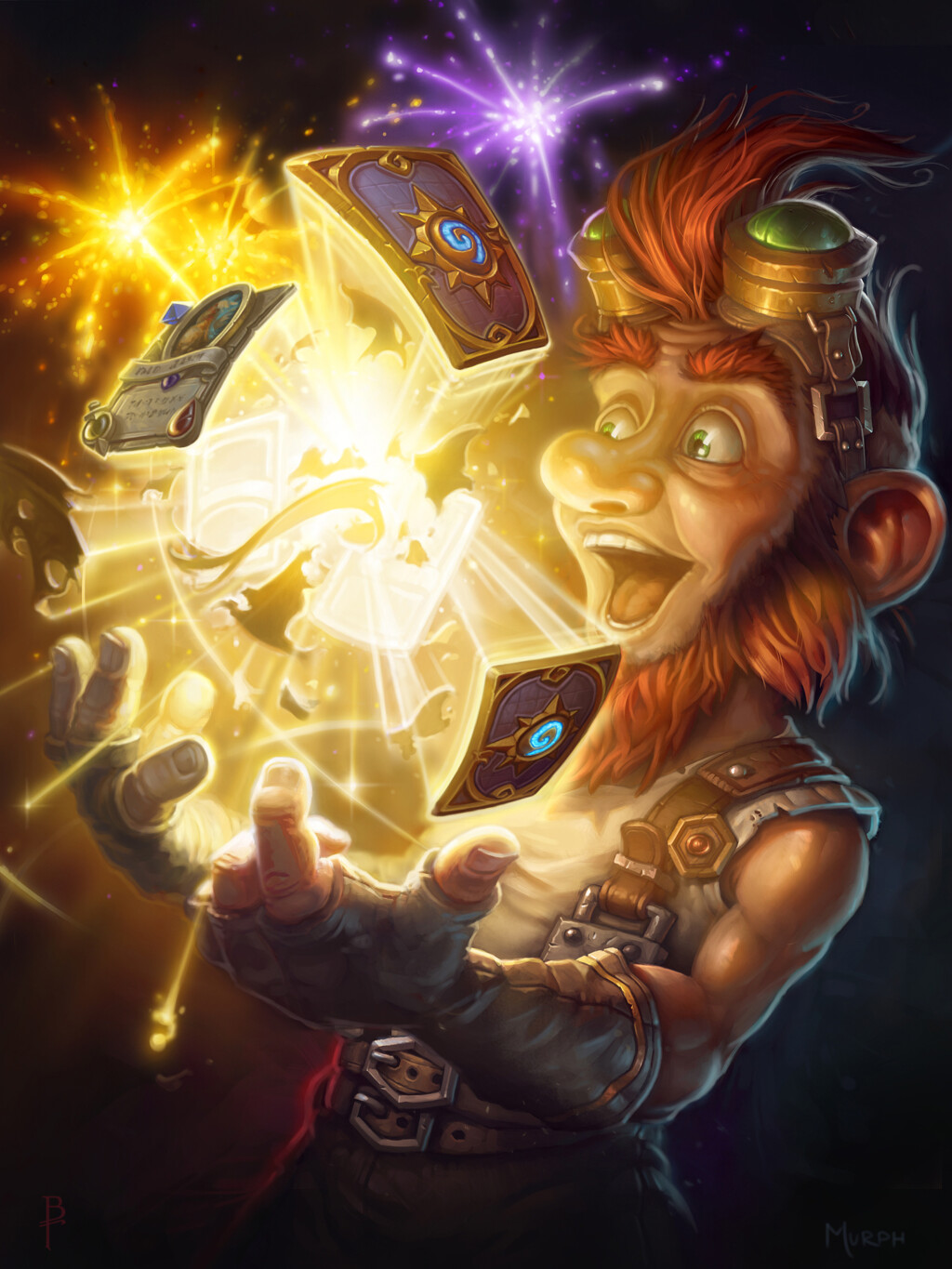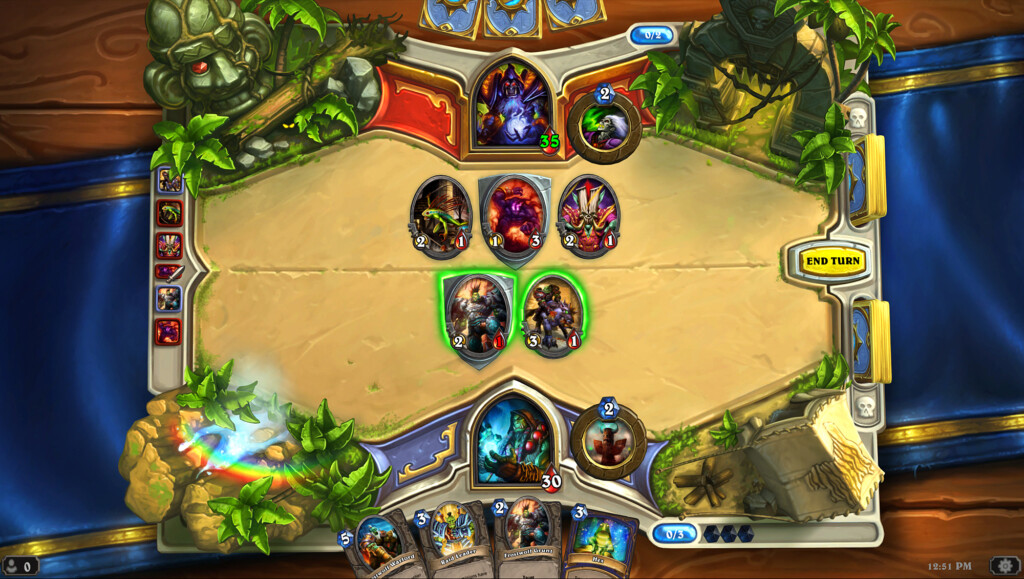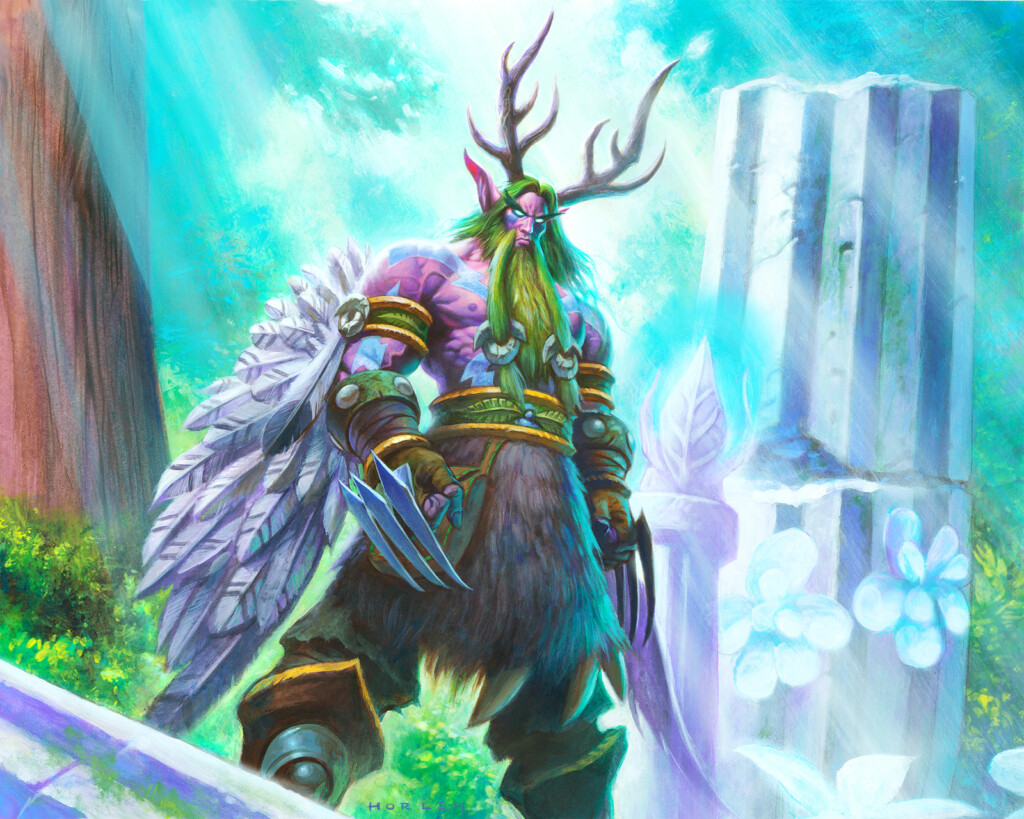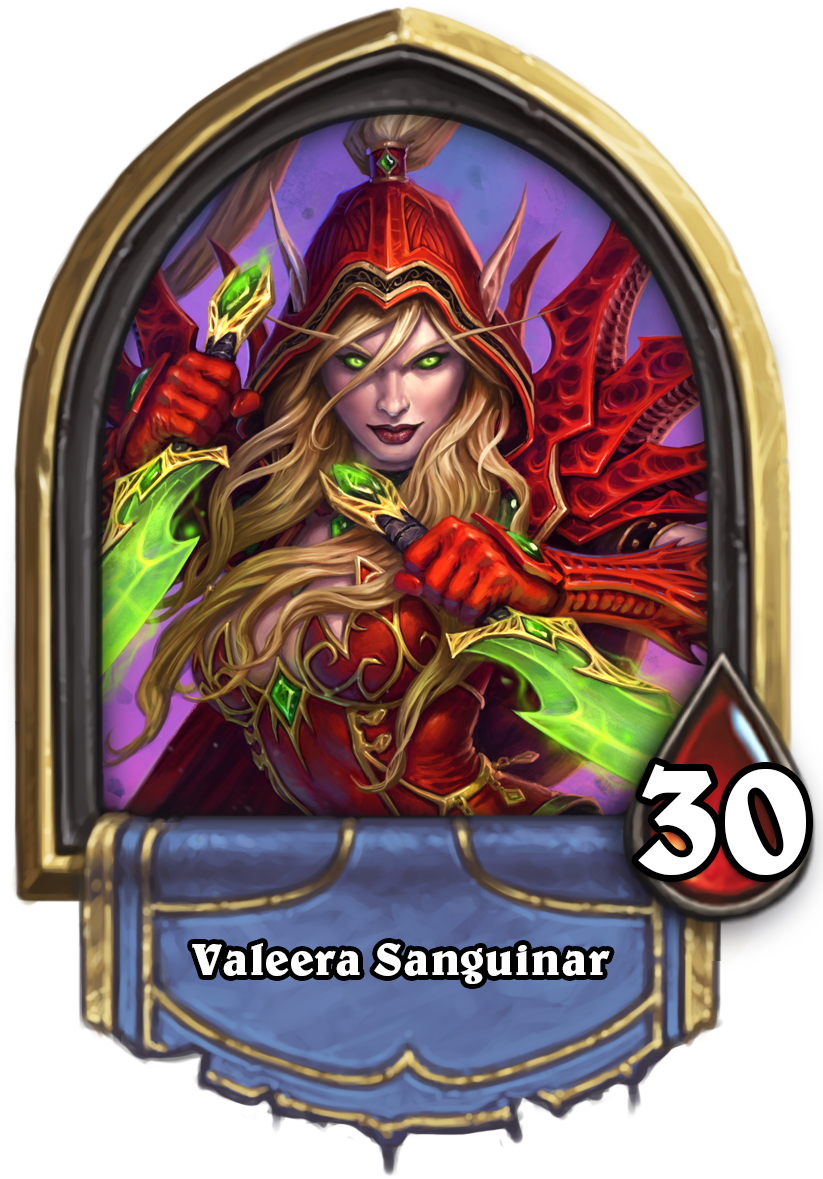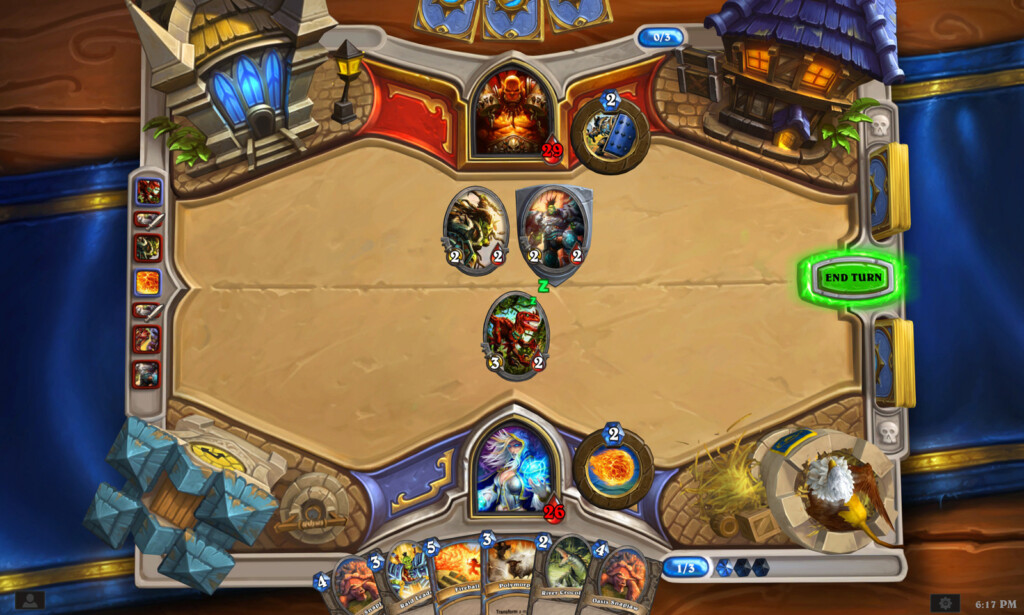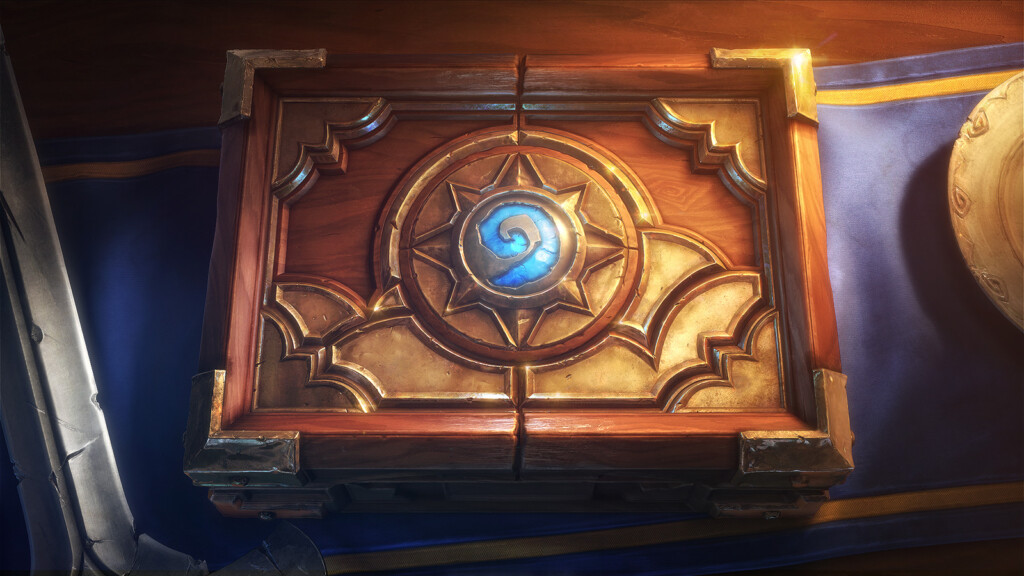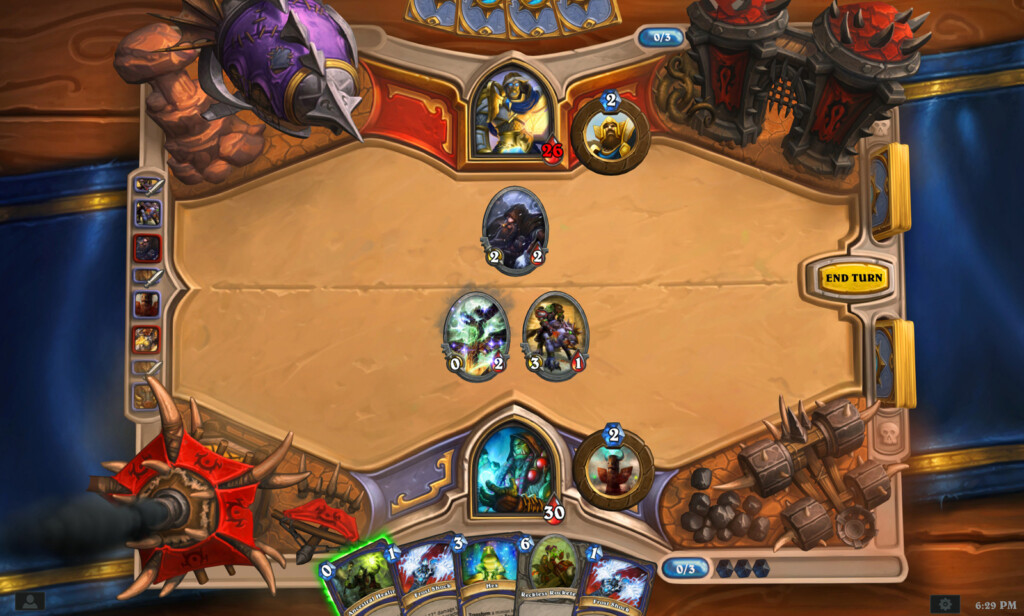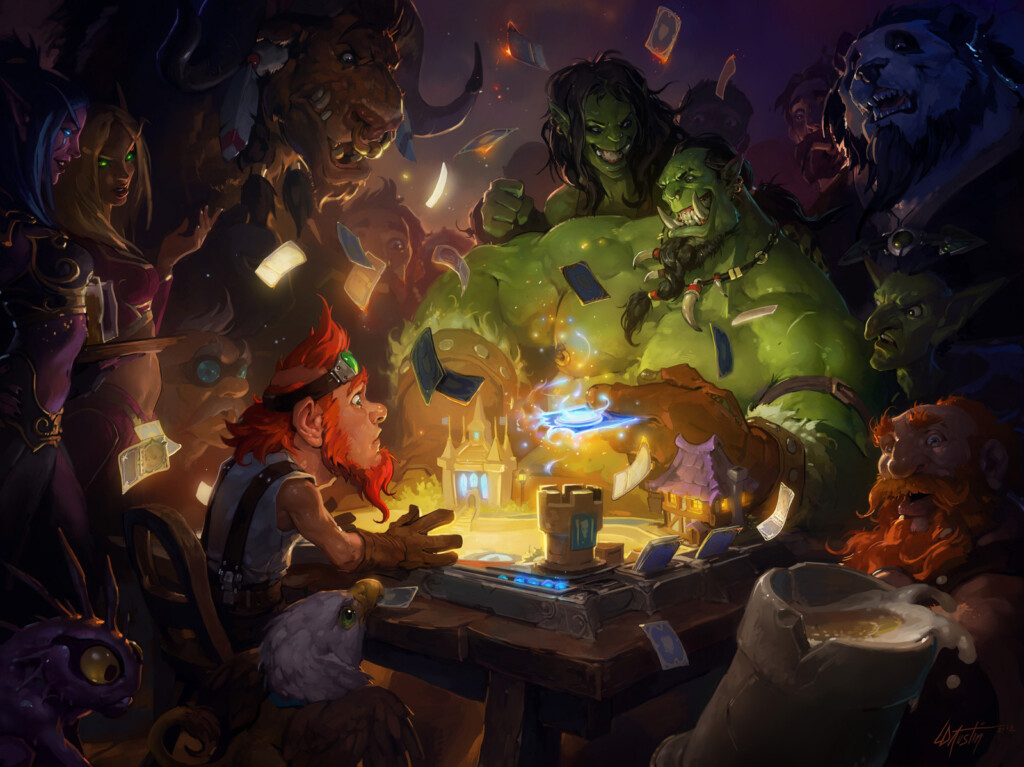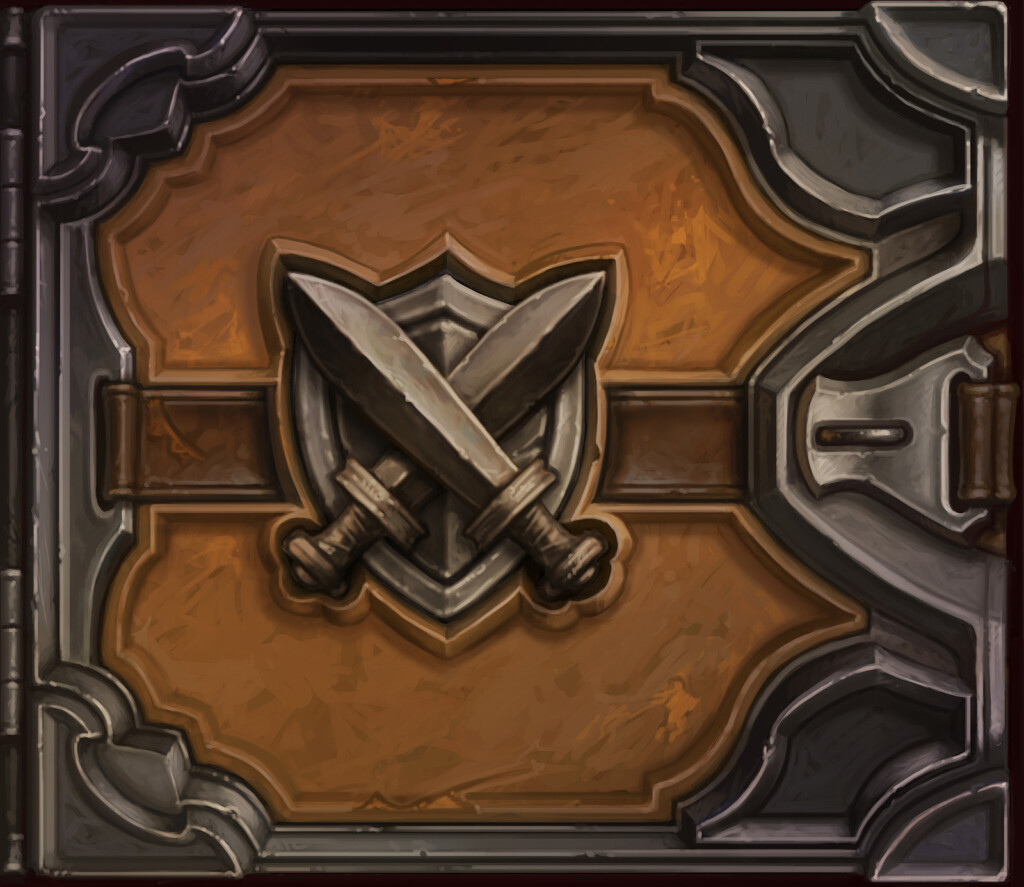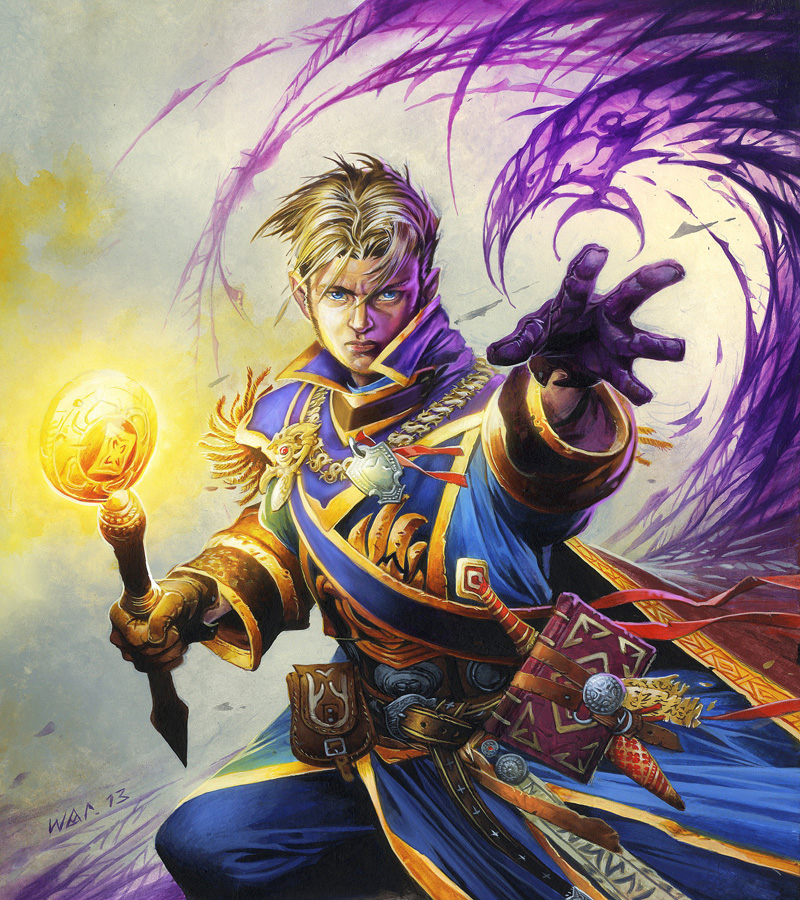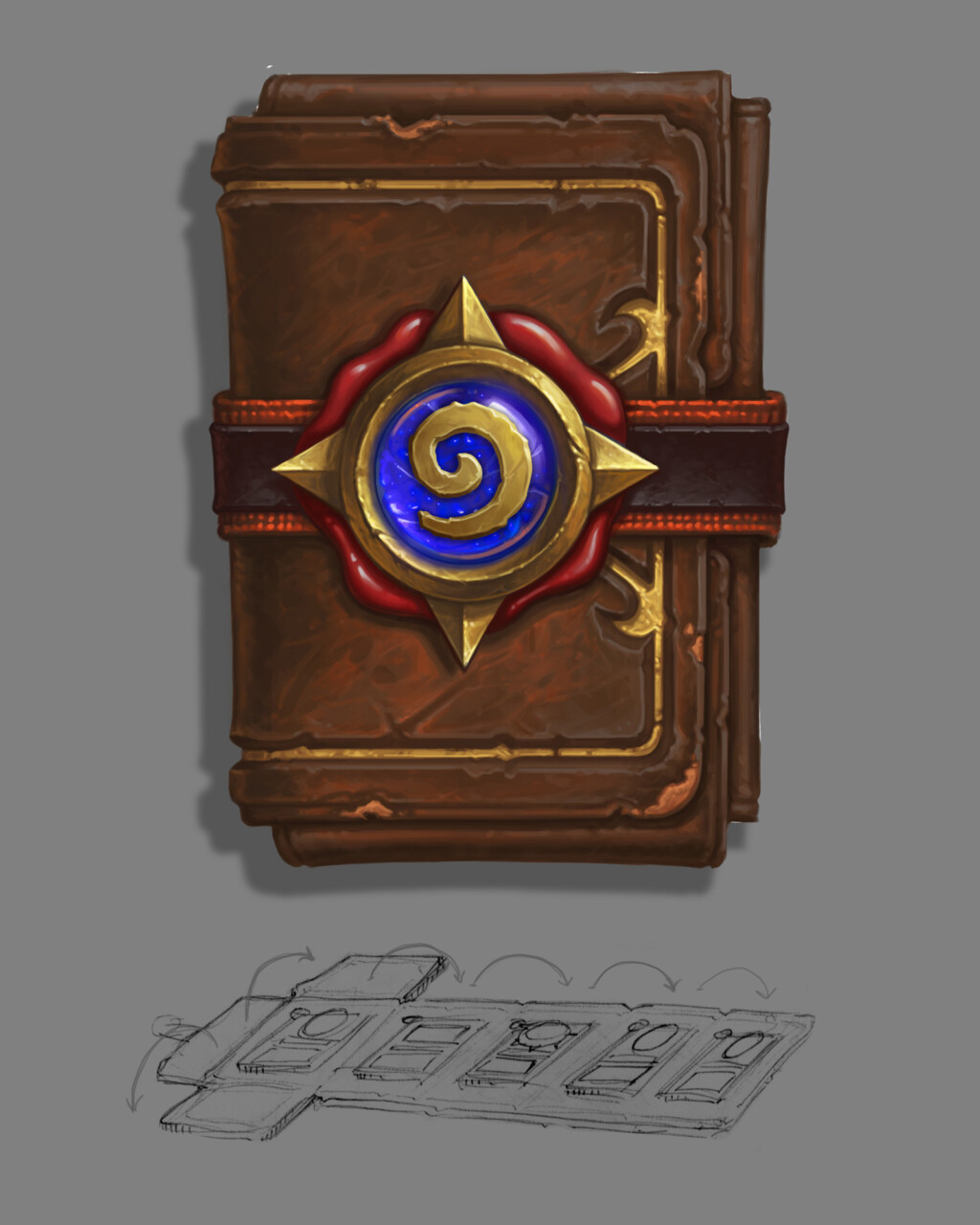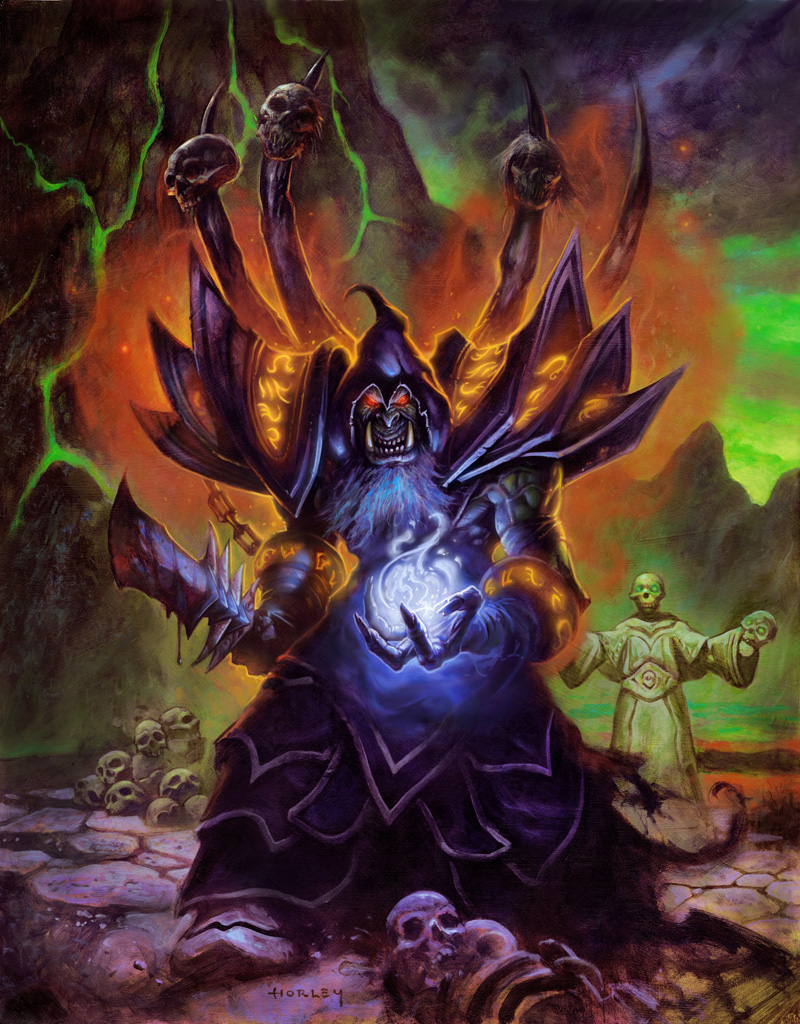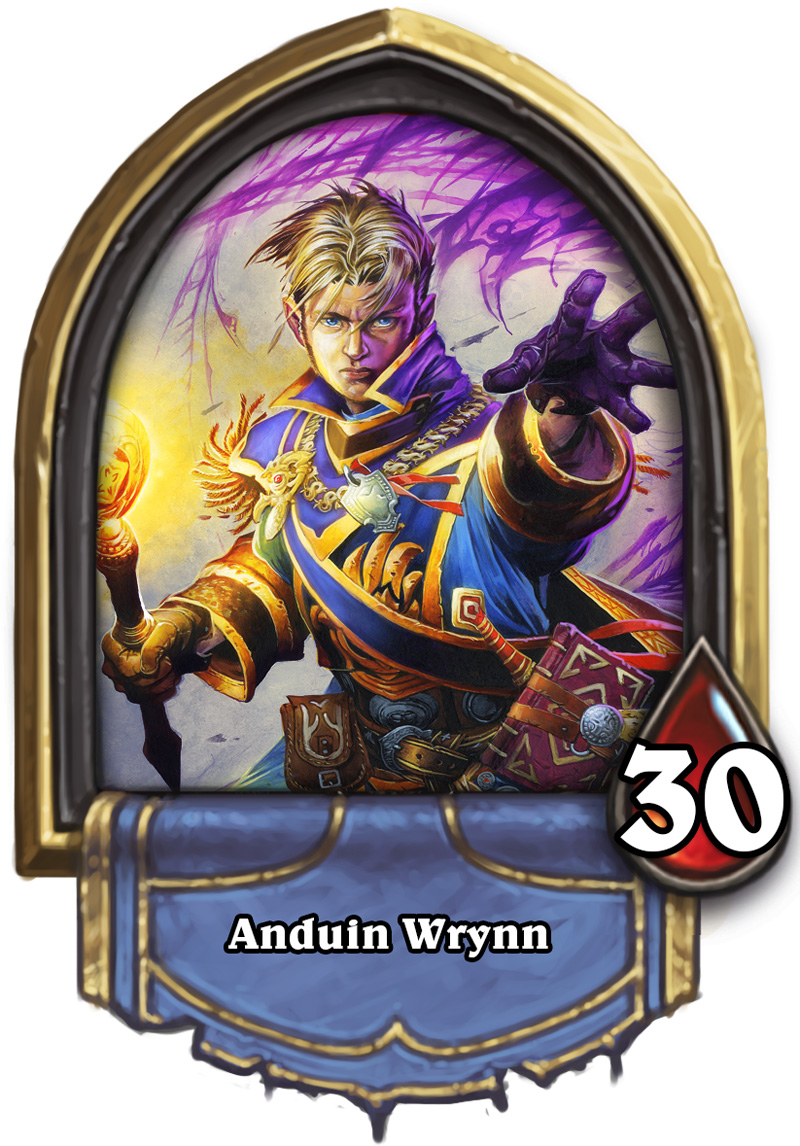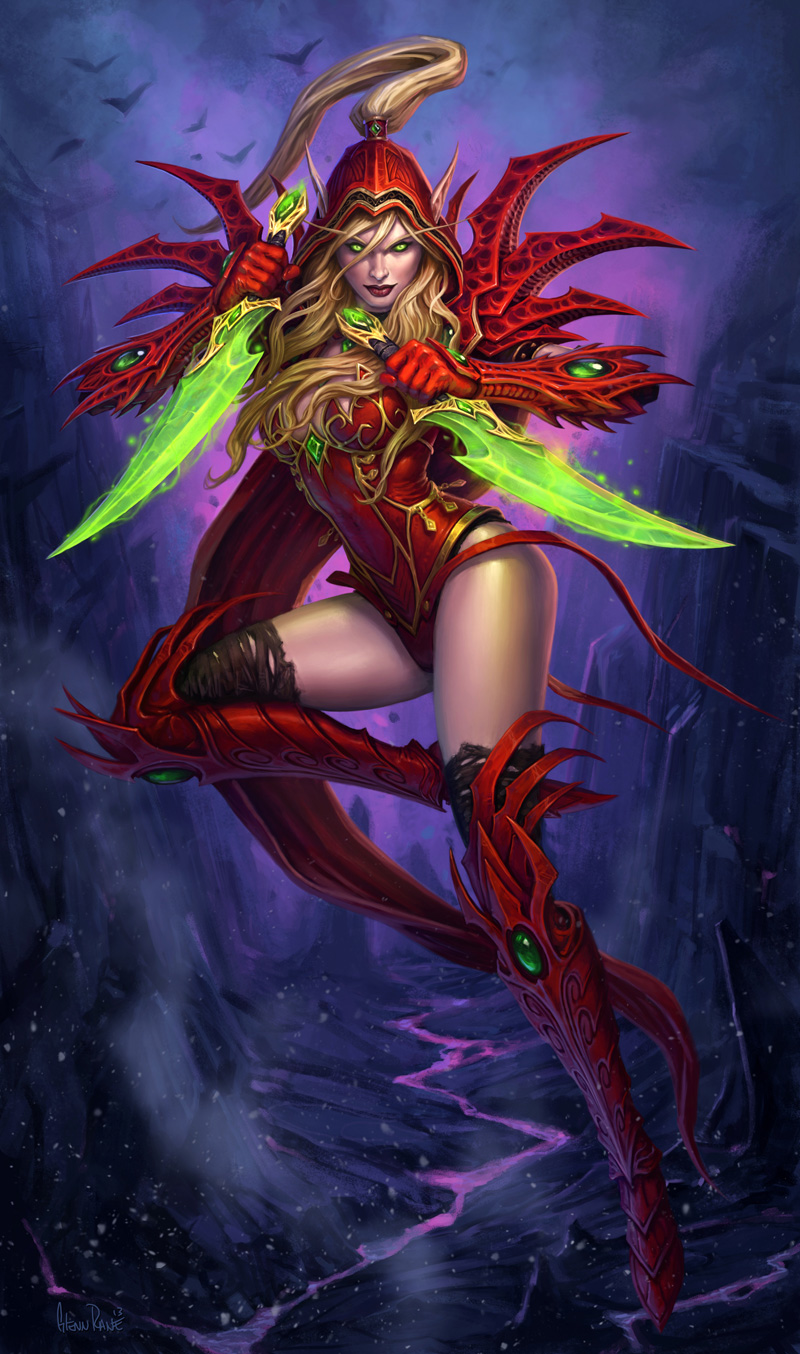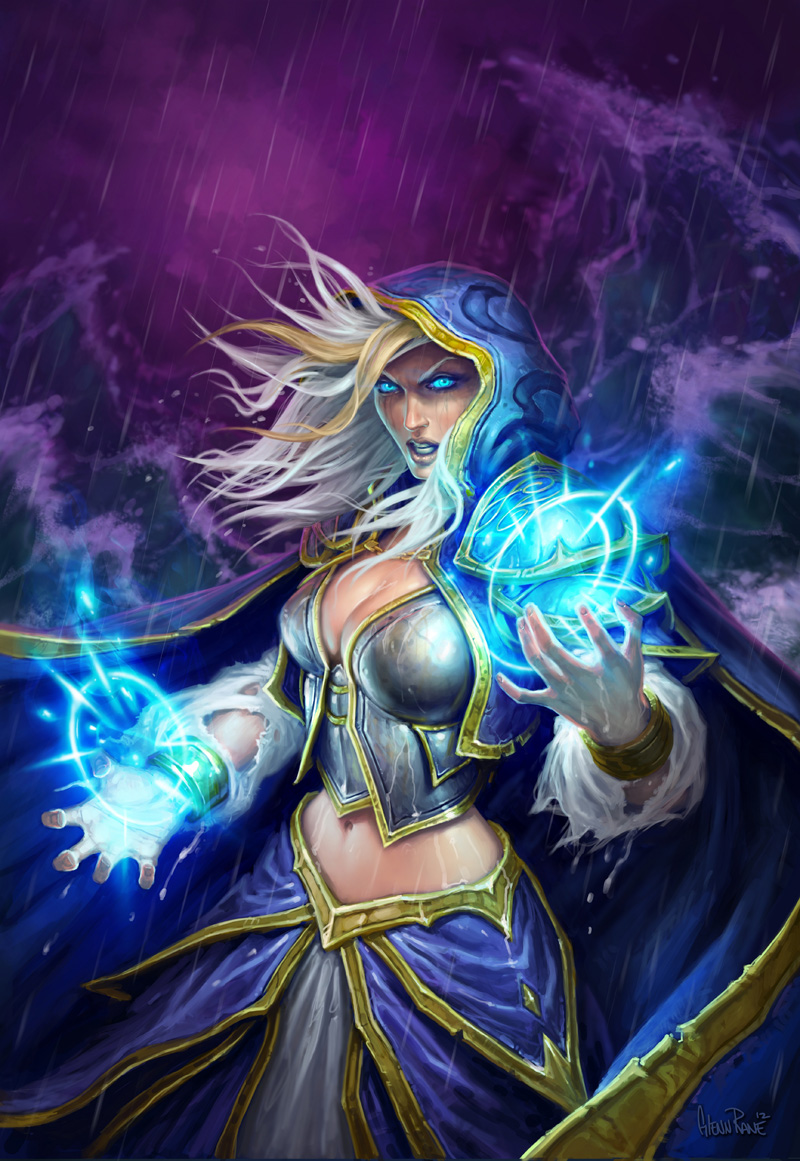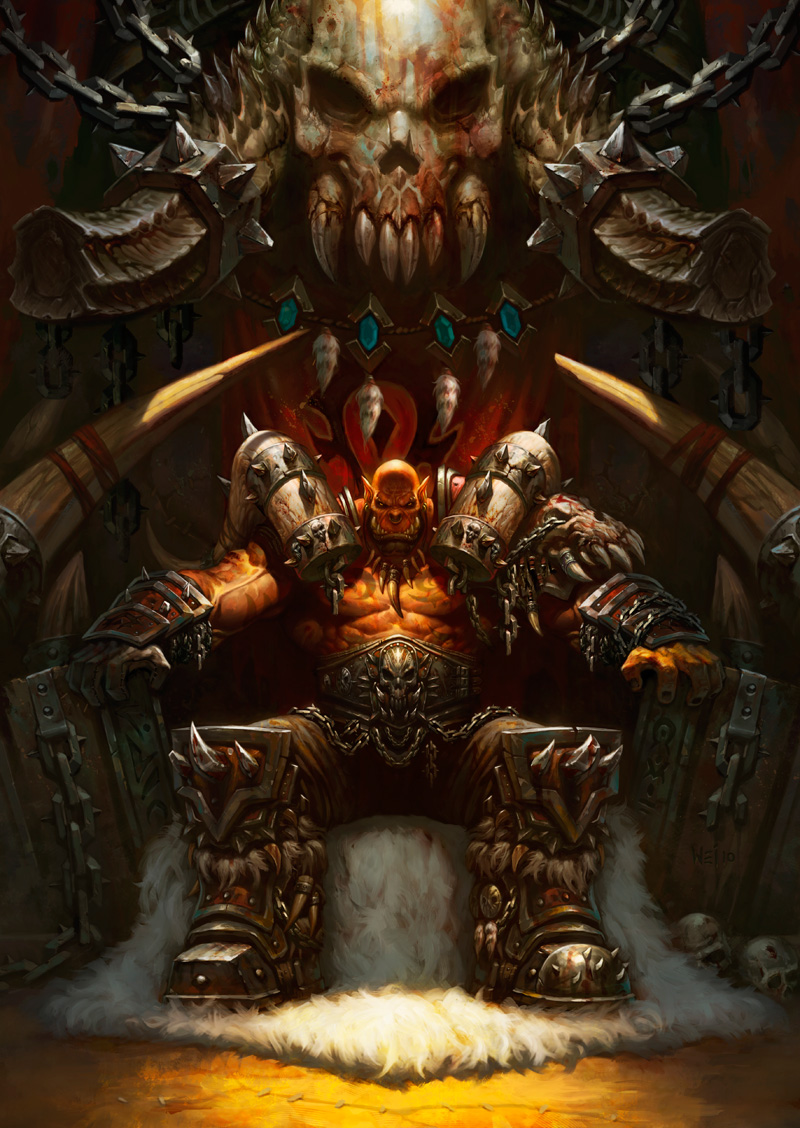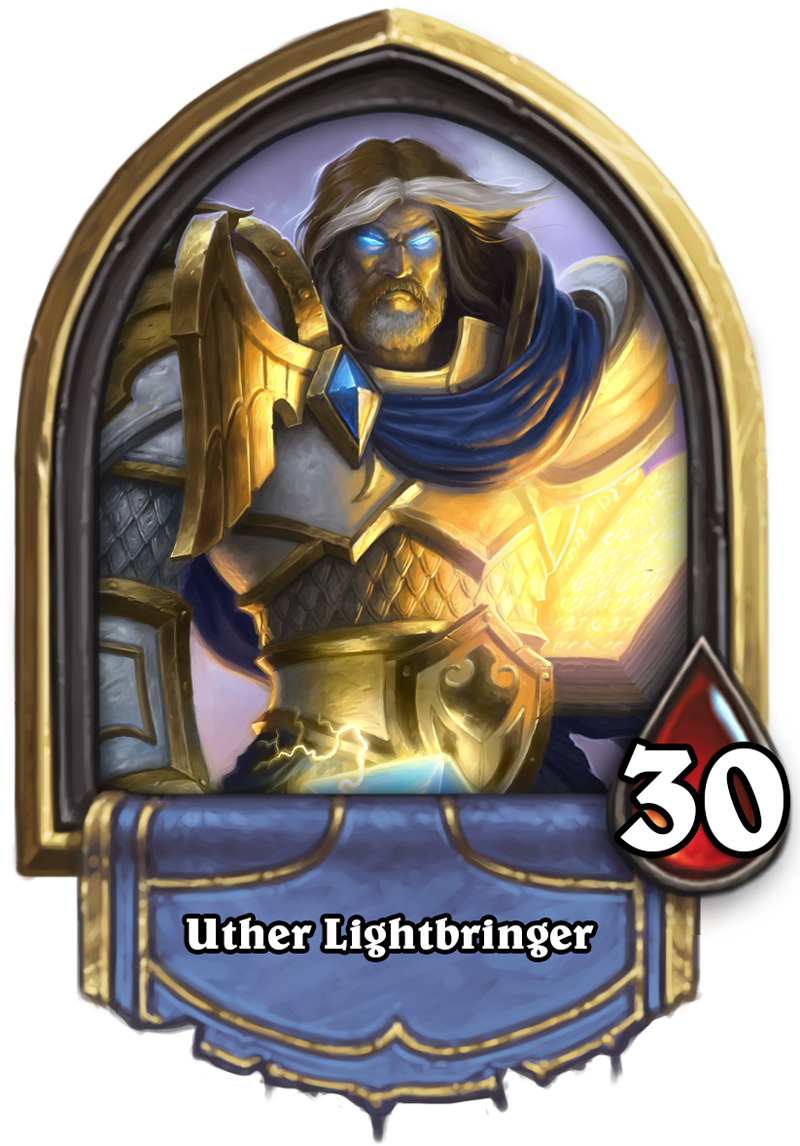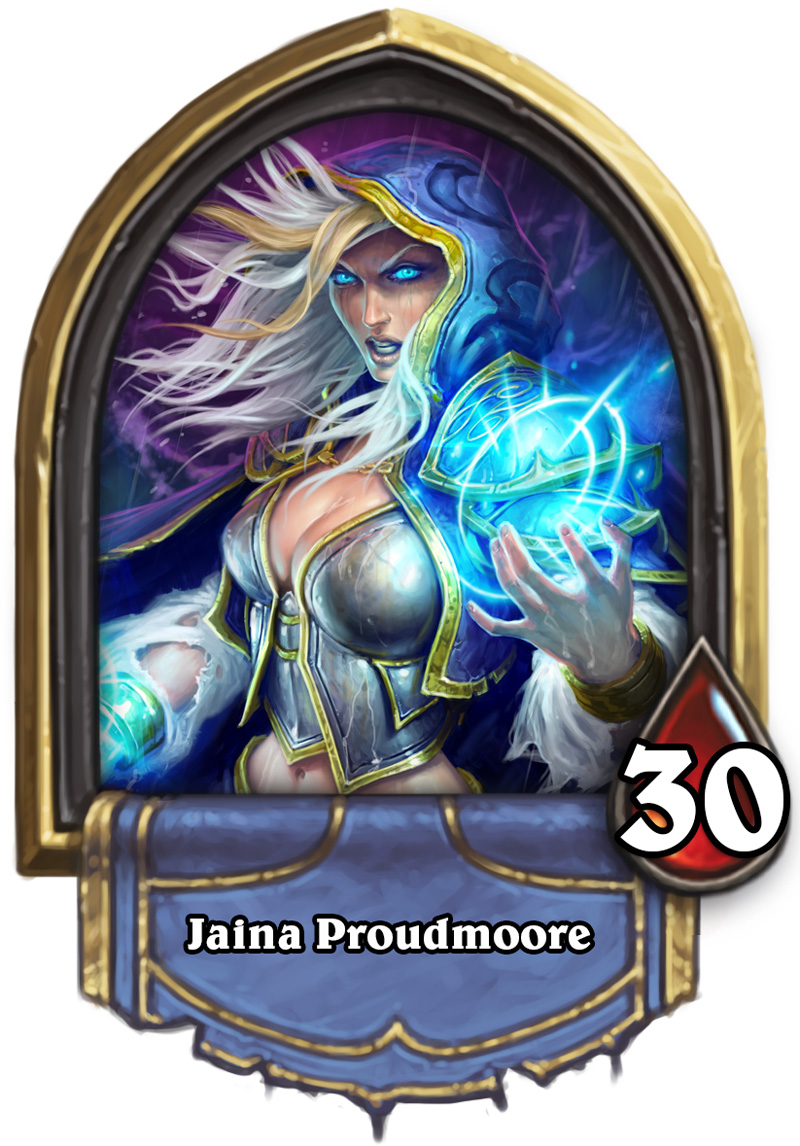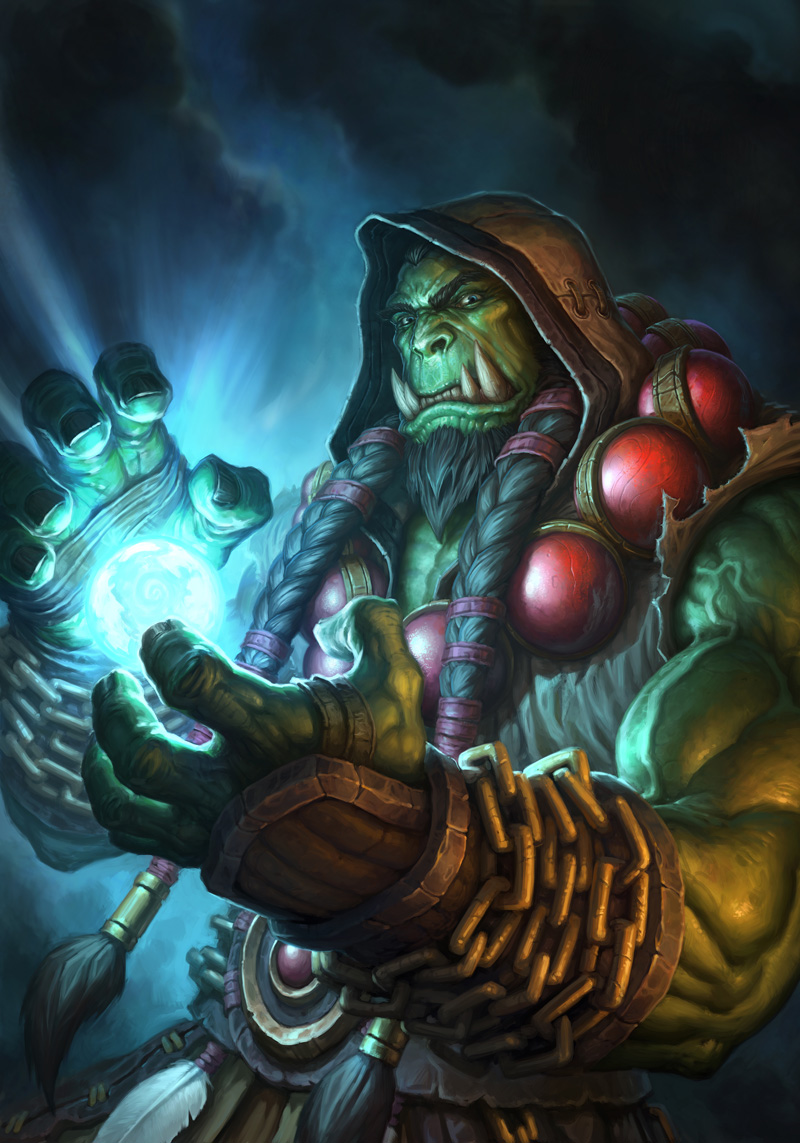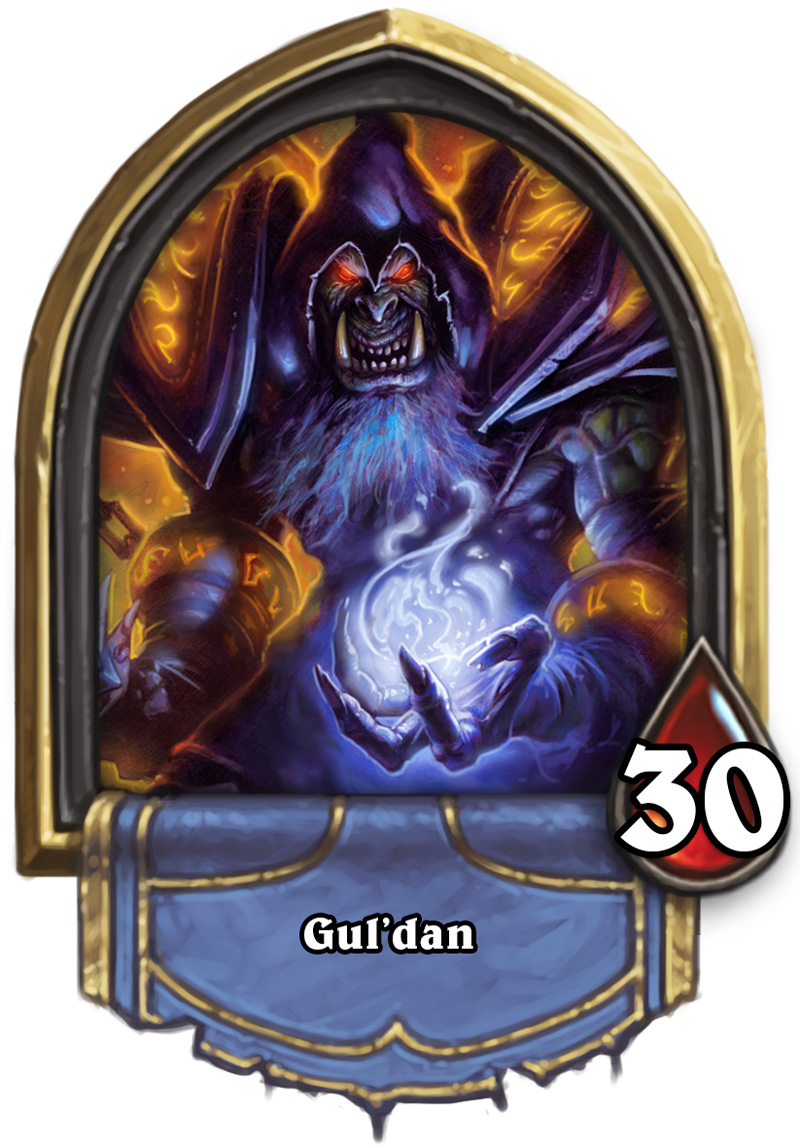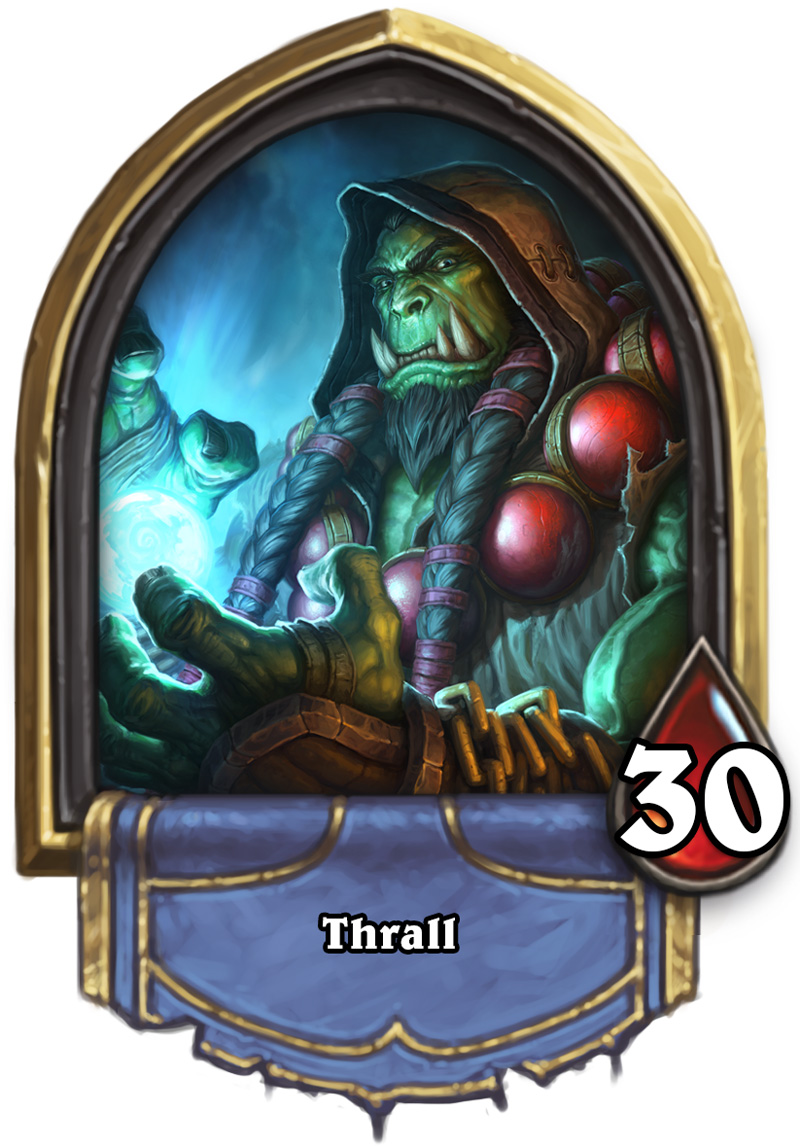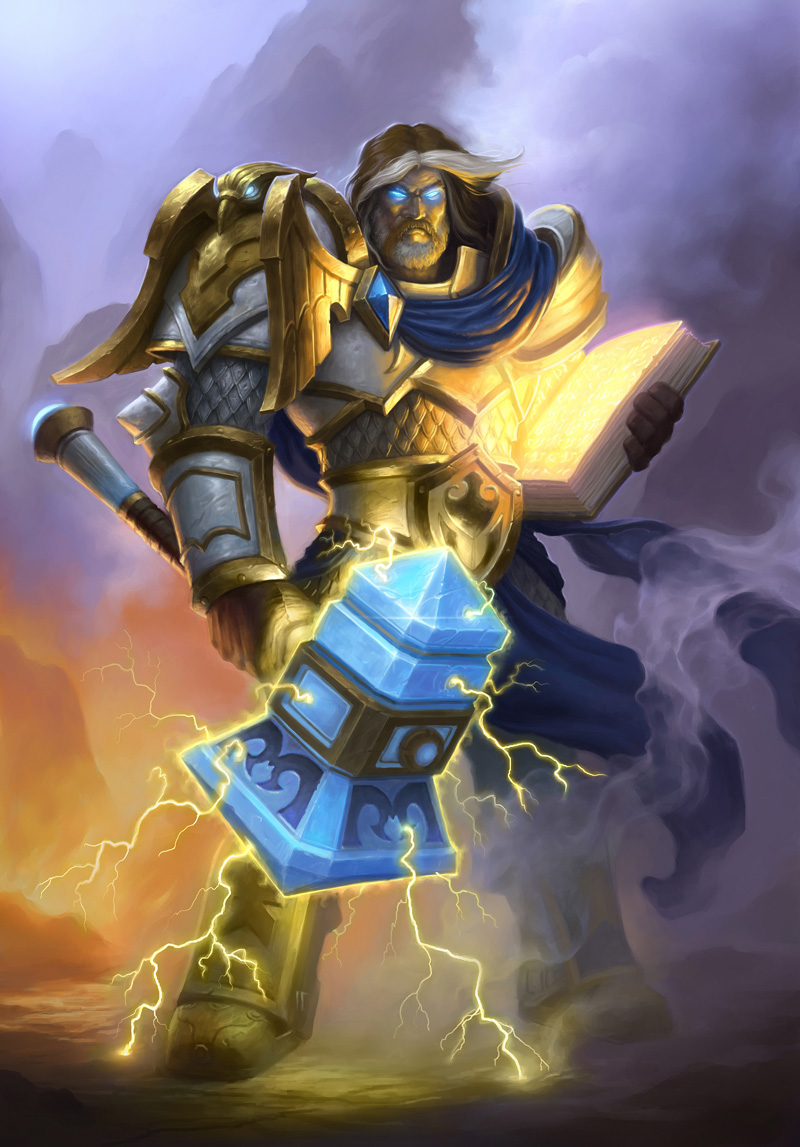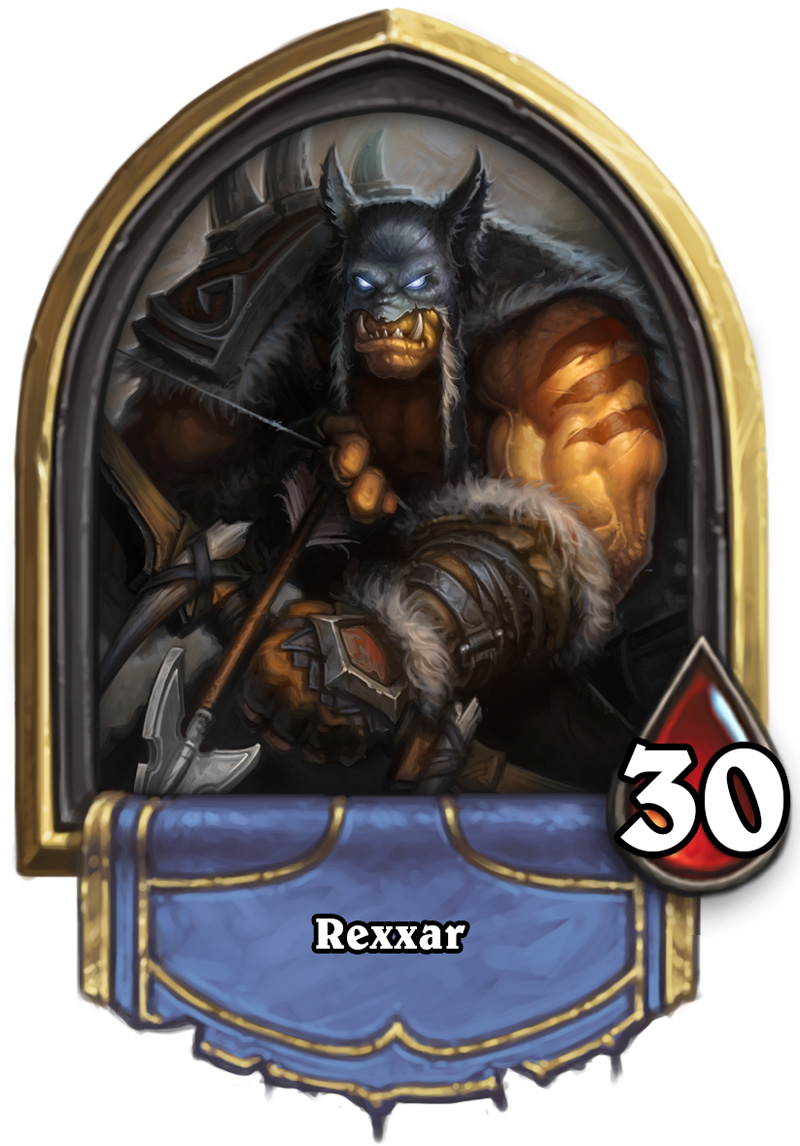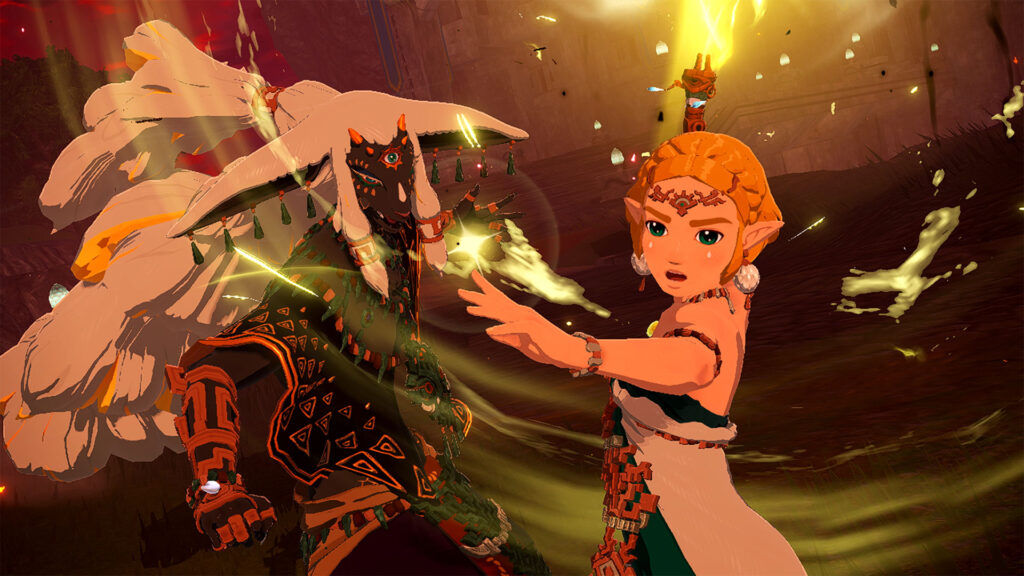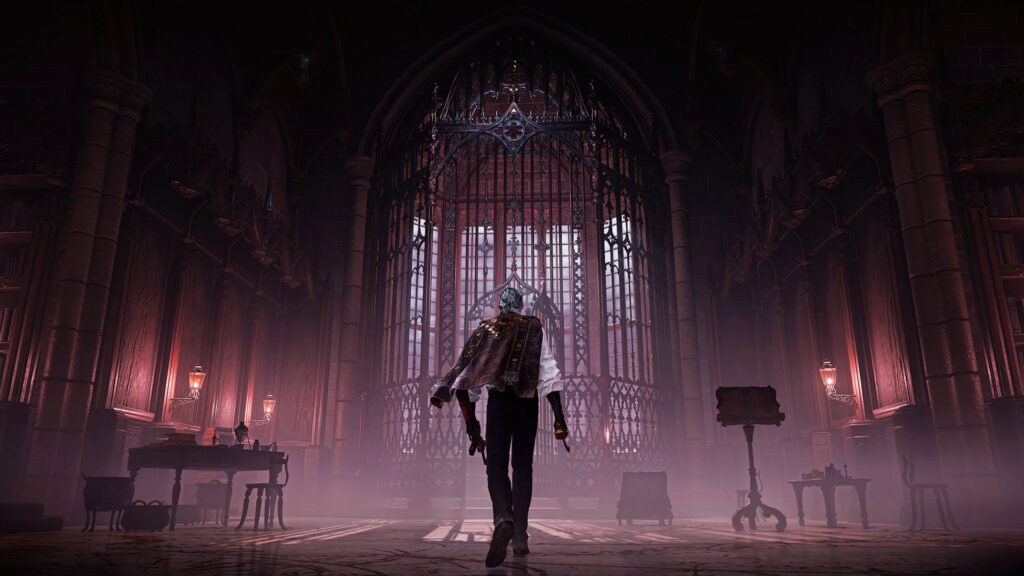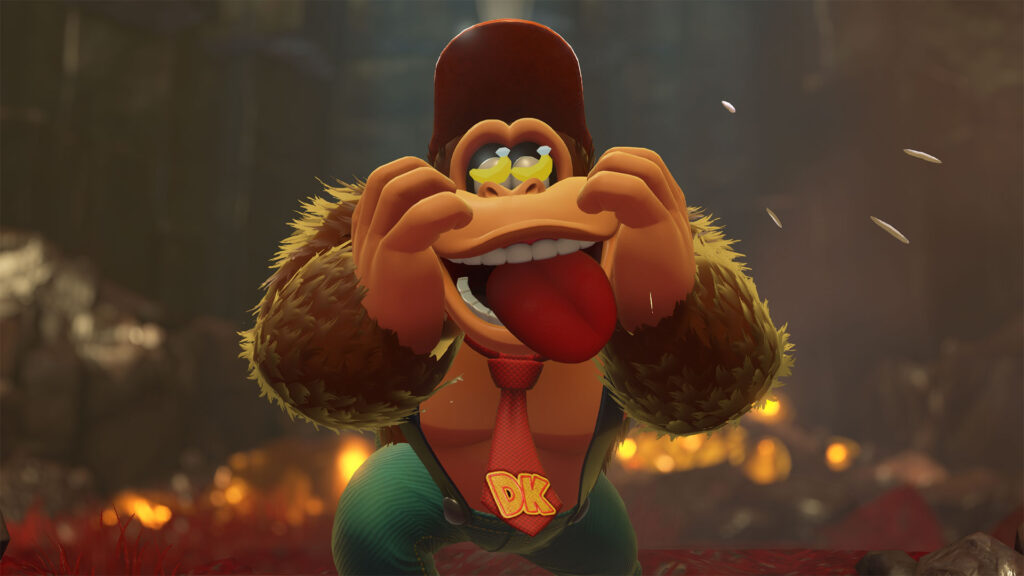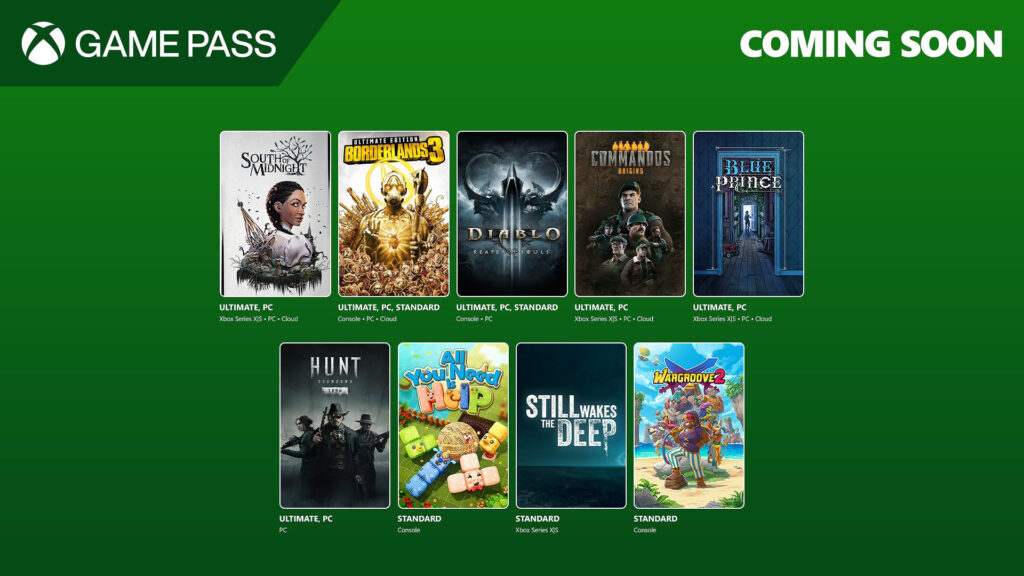What is Hearthstone: Heroes of Warcraft? It’s not everyday – or decade for that matter – that Blizzard Entertainment launches a new game in a new genre. The last time Blizzard left the realm of action RPG and RTS was the introduction of World of Warcraft, and we all know how successful that title went on to be. When Hearthstone: Heroes of Warcraft was first announced earlier this year in April at the PAX East event, some gamers were confused. A virtual card game? How would that appeal to long time Blizzard gamers that had no interest in customizable/tradable card games? Well, this past Friday, Blizzard sent out the first wave of closed beta keys for its newest title and it’s every bit of fun that you’d expect from the developer.
Full Cleared will be dedicating an entire section covering Hearthstone content to share our adventures during the beta process. To kick things off, we’re going to go in depth as to what the game is all about, how it’s played, and why you should care even if you’ve never had any interest in card games.
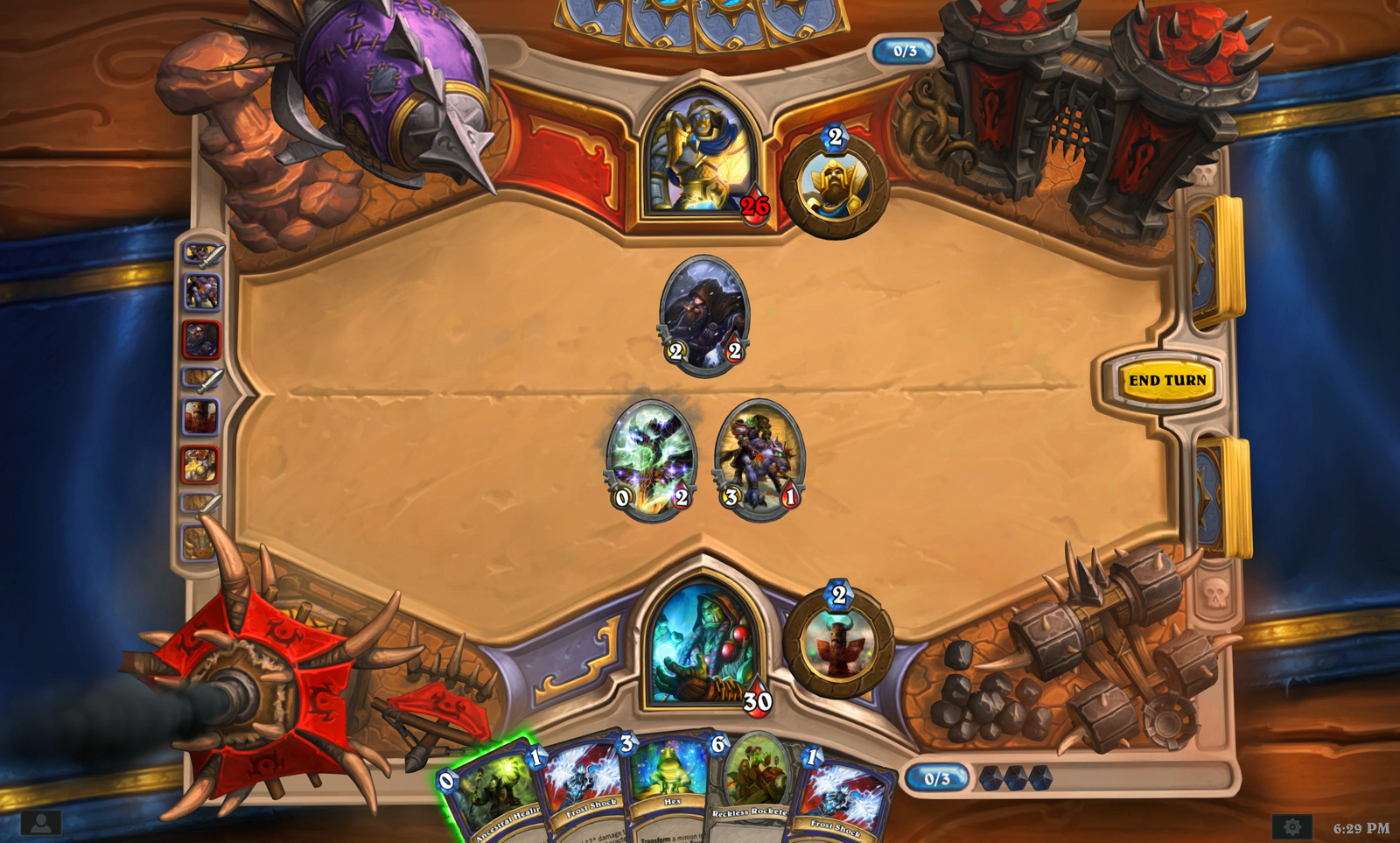
The Basics
At the core of it all, Hearthstone will be a free-to-play strategy card game that is currently being developed for Windows, Mac, and iPad. Players are able to choose from one of nine iconic Warcraft heroes, which will essentially be their class while playing. Each hero has been customized with a set of minions, spells, and/or weapons and has unique cards that are only playable through that hero. The nine classes currently in the closed beta are: Druid (Malfurion Stormrage), Hunter (Rexxar), Mage (Jaina Proudmoore), Paladin (Uther Lightbringer), Priest (Anduin Wrynn), Rogue (Valeera Sanguinar), Shaman (Thrall), Warlock (Guldan), and Warrior (Garrosh Hellscream). As of now, there are no immediate plans to add the Monk and Death Knight classes to the game, according to Blizzard, though it wouldn’t be a surprise to see them added in the future. We honestly can’t imagine Hearthstone going too long without Arthas making an appearance.
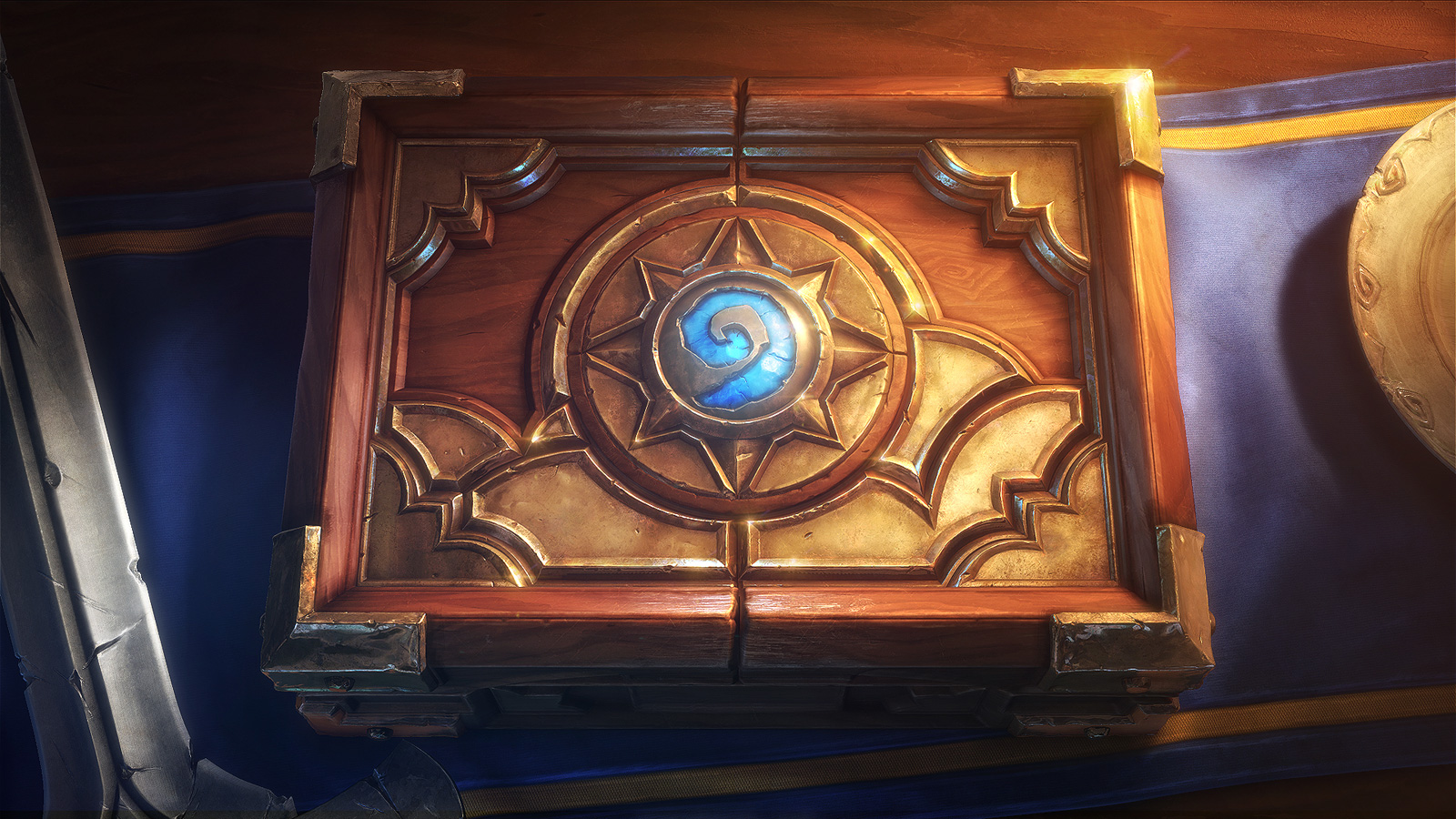
How Do You Play?
Like all Blizzard titles, the game starts off easing you in gradually, in a way that only Blizzard titles seem to know how. Without overwhelming you with pop ups and holding your hand entirely, the introduction to the game has you visiting familiar Warcraft faces as you learn the basics. Each player has a 30-card deck, and cards are drawn at random at the beginning to determine your starting hand. You are allocated mana gems in order to play your cards, and your total mana gem count increases by one each turn. Of course there are also cards to increase your mana gem count, though there is a player max of 10. Each turn, all your mana gems are replenished and the player doesn’t get any sort of bonuses for having gems left over each turn.
Naturally, the goal of each match is to reduce the enemy hero’s hit points to 0. This can be done by attacking with spells, minions, or even your hero. Each hero starts with 30 hit points and has their own unique skill that ranges from increasing armor to dealing direct damage to the opponent. As basic as that sounds, Hearthstone is full of depth just like every customizable card game. The randomness of drawing your cards adds to the strategic play of the game, where one or two wrong moves could matter between a win or a loss.
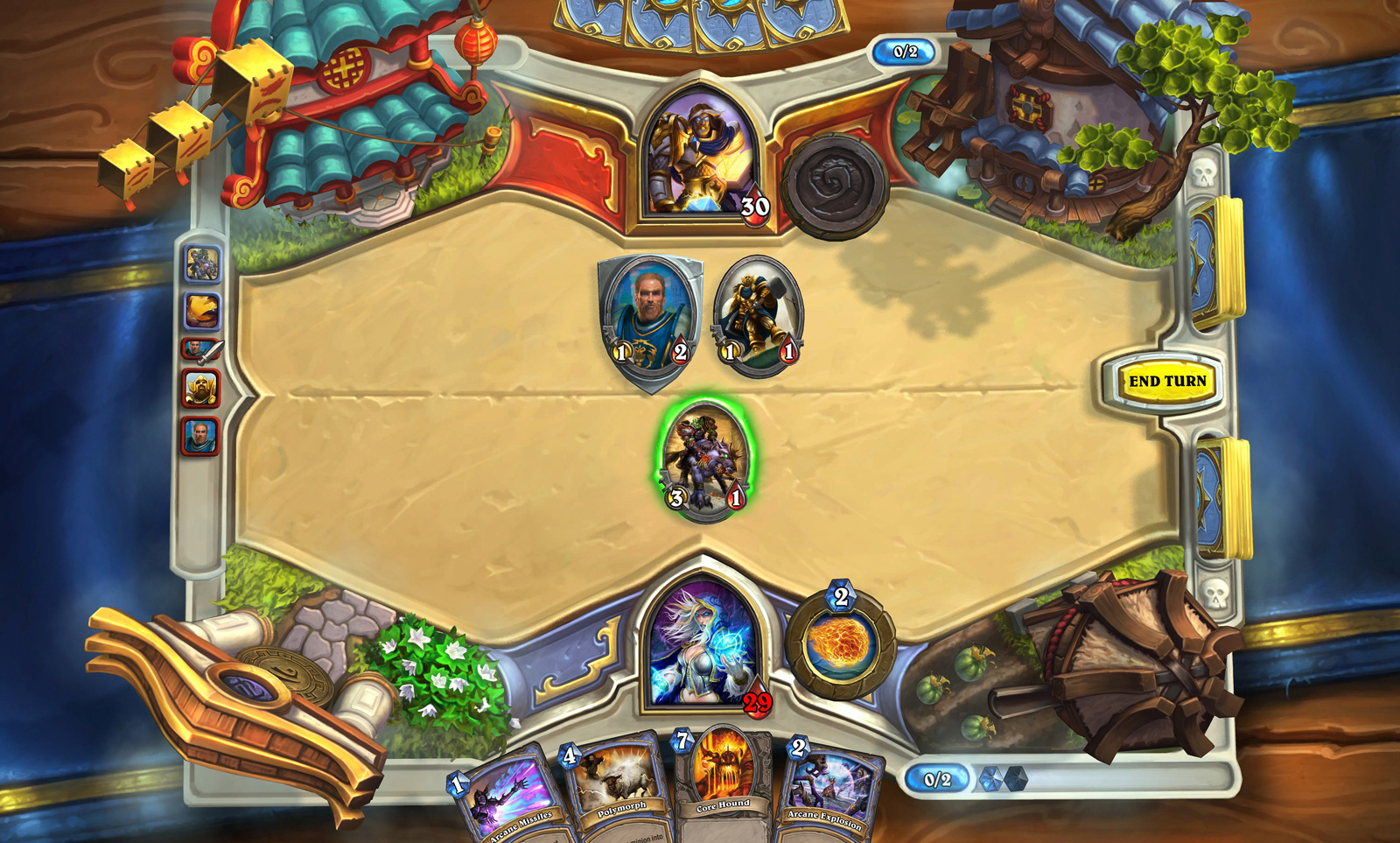
Building a Deck
With over 300 cards available in the game currently, it could be overwhelming at first to narrow that down to just 30. Each deck can have a maximum of two of the same cards, which is in play to help promote deck diversity. There are also golden cards, which are identical to their standard counterpart, except they look fancier. The cards are broken down into three categories: spells, weapons, and minions. As for the cards themselves, they are either in the “basic” or “expert” card set.
Basic cards are the starter cards that help form the foundation for each hero’s deck. They are earned while you level that particular hero playing through the game. Expert cards on the other hand, can only be found in card packs, created using the crafting system, gained through quests, or won within the Arena. Expert cards, much like loot in World of Warcraft, are distinguished by their rarity which is designated by the color of the gem on the card. Common cards have a white gem, rares have a blue gem, epics have a purple gem, and legendary cards have an orange gem. As we mentioned before, each deck can have a two-max total of each card, with the exception of legendaries, which are restricted to one-per-deck. These rules however, are different in the Arena – more on that below.
Purchasing packs within the game is quick and easy, naturally. Pricing on packs is currently set at:
- 1 Pack – 1oo gold
- 2 Packs – $2.99
- 7 Packs – $9.99
- 15 Packs – $19.99
- 40 Packs – $49.99
Each pack consists of five cards, and you’re guaranteed to receive at least one rare or better card per pack. Each card in the pack also has a chance to upgrade to a Golden version of the card.
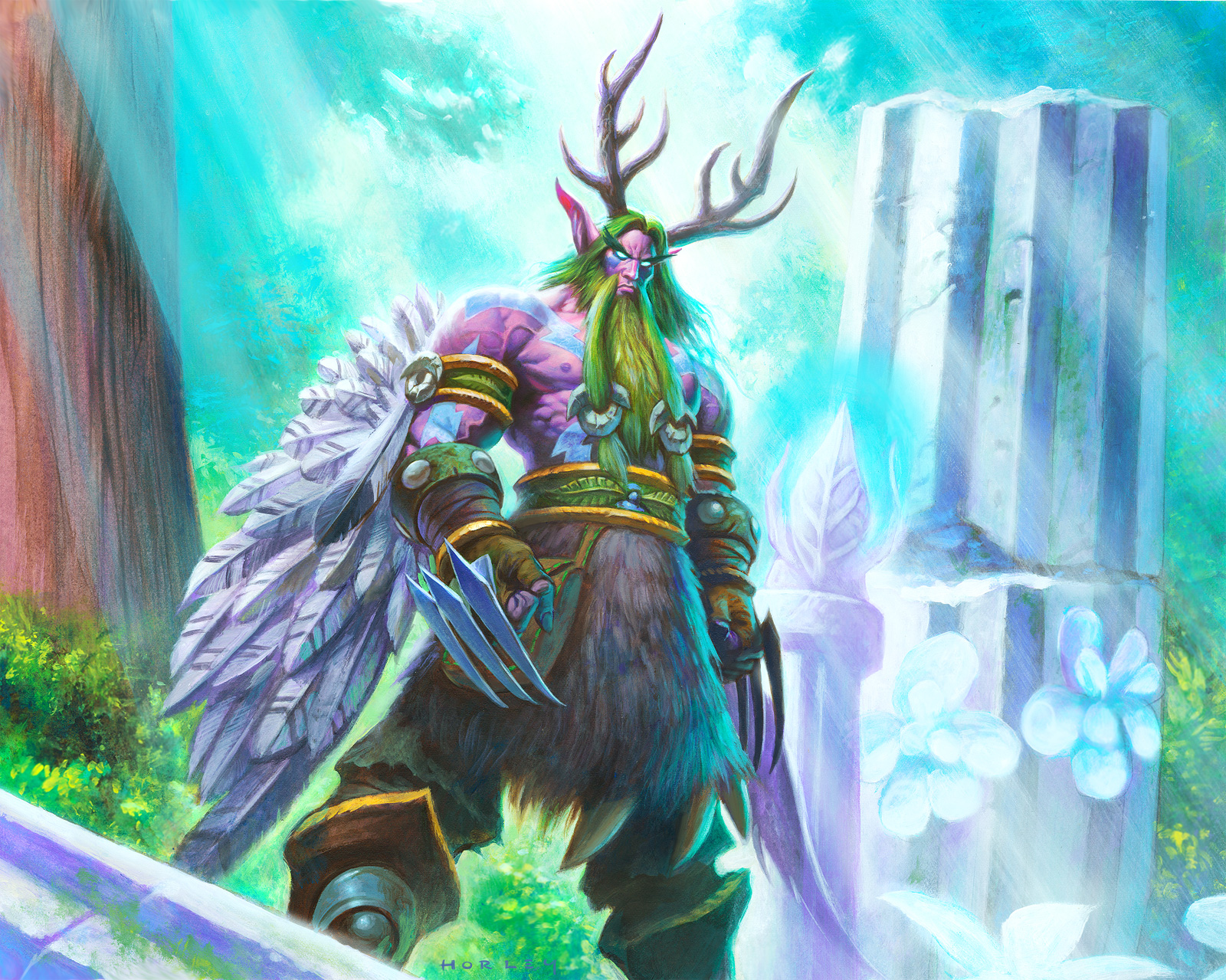
Why is Hearthstone a CCG and not a TCG?
Hearthstone does not support trading of cards to other players, which means it’s not a tradable card game. What it does instead is have a crafting system where players can disenchant their unneeded cards for Arcane Dust, which they can then use to craft the cards they want. Since you are restricted to having a maximum of two of each card in a deck (one for legendaries), Hearthstone has a quick one-click system to help disenchant all the cards that you have more than two of. Currently the Arcane Dust requirements for crafting cards vary, and we expect it to be fine tuned throughout the beta process.
Ways to Play
There are currently a variety of ways to play Hearthstone. You can play against AI opponents of varying skill levels in practice mode, or duel other players online in Play Mode. The Arena, which costs 150 gold to enter, challenges players to not only build the deck, but to beat their opponents with it. After selecting your hero, a randomized set of cards are provided. Players are given a choice between three cards, 30 times, in order to build their decks. Arena participants will be granted a chest of loot based on how well they did. Losing three matches with your deck means a shameful exit to the Arena. Hearthstone is also packed with quests that reward the players with gold. Some of these quests change daily, so there’s always something to do, even if you don’t want to play online against another player.
So isn’t Hearthstone just Pay to Win?
The biggest criticism Blizzard will undoubtedly receive with Hearthstone is that it’s a pay-to-win game. But let’s face it: it’s a customizable card game. In the real world, those are pay-to-win. The more money you spend on packs, the better chance you have of obtaining stronger and rarer cards, that’s just the nature of the beast. Even then however, Hearthstone is also like other customizable card games where strategy and luck plays a role in determining whether or not you can win a battle. Just because you have a deck full of rare cards that are difficult to obtain doesn’t make you an automatic winner. Knowing how and when to play those cards is much more valuable than simply having them. Not to mention, there’s always the chance that you won’t get the cards you need, when you need them. That’s the fun of the genre to begin with.
We can’t honestly say if you can succeed in Hearthstone without dropping a dime on the game – we just haven’t had enough experience with it yet. We are however, confident that you can have fun playing the game without spending a single penny.
Hearthstone is currently in closed beta and does not have an announced release date, though Blizzard is aiming for it to be live before the end of this year. It will first launch for PC and Mac, and then “as soon as possible” for iPad.
We’ve just begun to scratch the surface on Hearthstone, so stay tuned as we’ll be posting our first impressions of the game soon. For now, it was tough enough to stop playing just to write this.
Enjoy a gallery of Hearthstone below.

